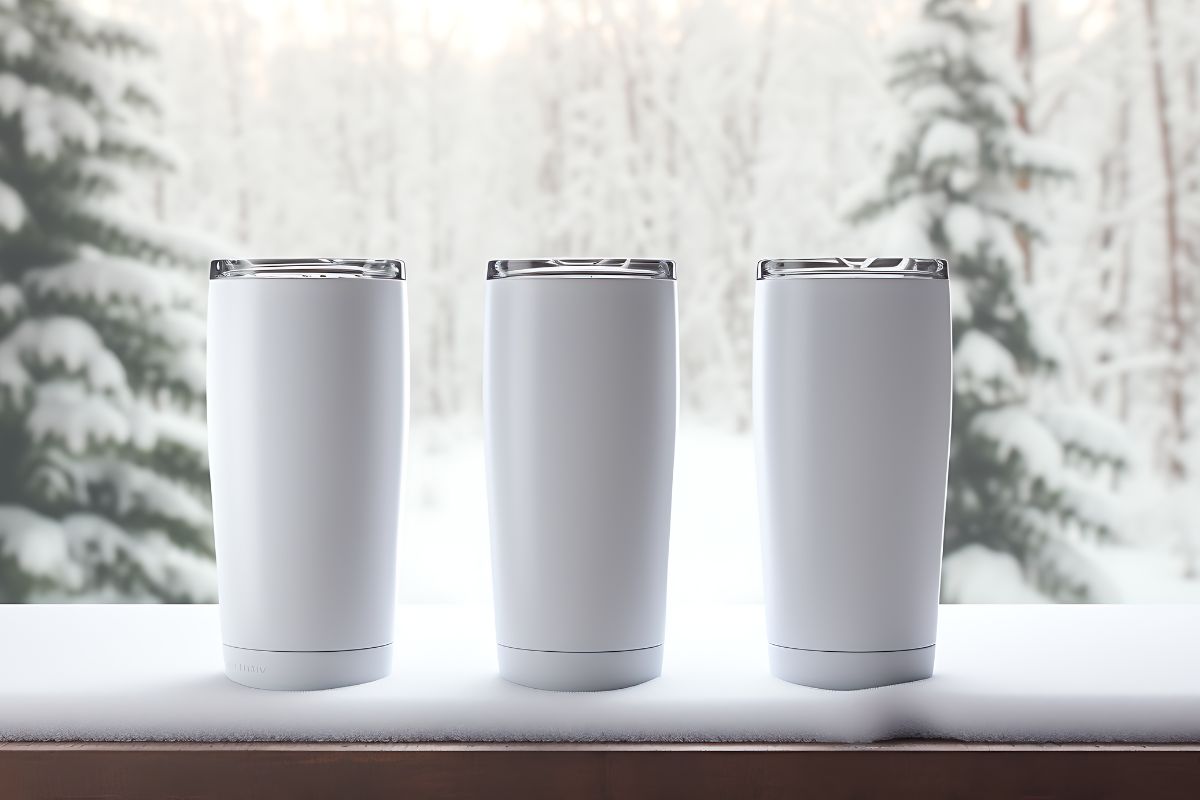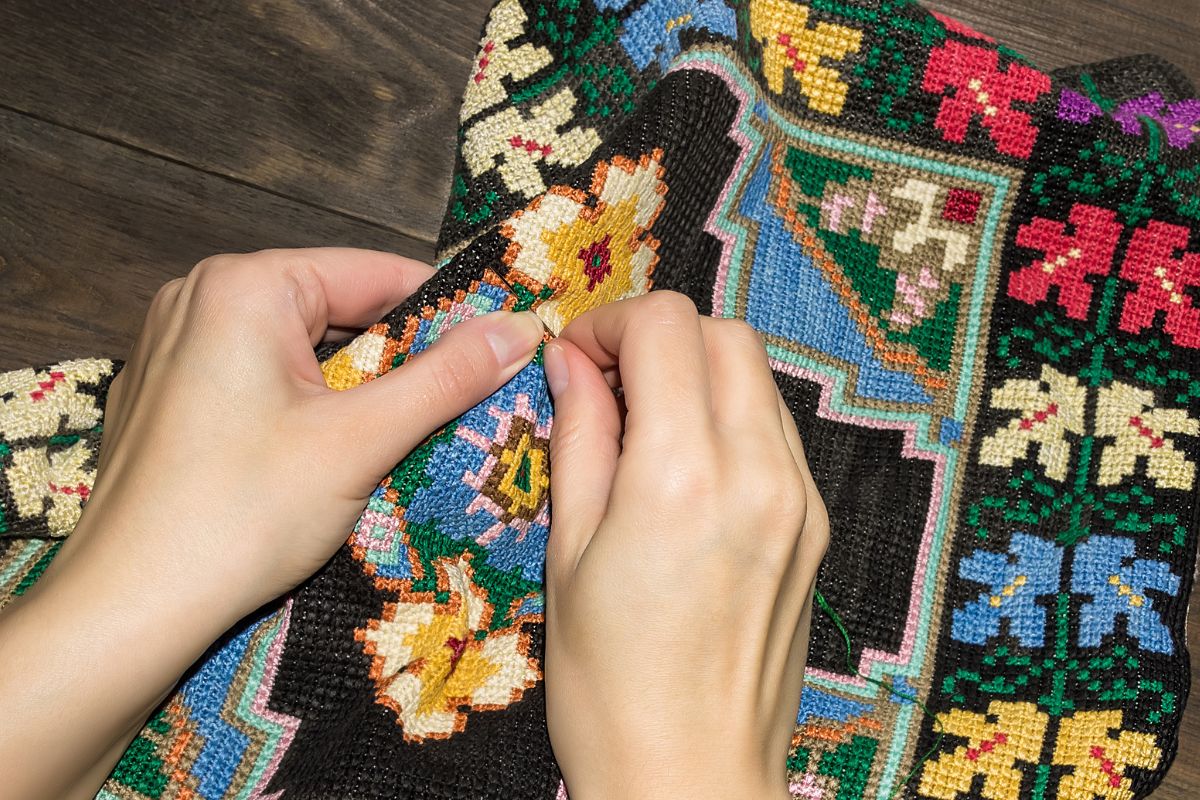A tumbler is a type of drinking vessel. It is often characterized by its flat bottom and lack of handle or stem.
They come in various sizes and materials. These include plastic, glass, and stainless steel, to suit different beverages and purposes. While the word ‘tumbler’ can have various connotations such as a gymnast or a part of a lock, in this context, it specifically refers to the container used for drinking.
My investigation into the etymology of the term ‘tumbler’ suggests it may have originated from the historical design of the glass. The early versions were possibly created with a rounded or pointed bottom, prompting them to ‘tumble’ and spill if set down, hence serving as a deterrent to over-consuming alcohol. While modern tumblers stand upright, the name persists. Another aspect of tumblers is their versatility. They serve a practical purpose for daily use and casual dining. Larger tumblers can also reduce the need for frequent refills.
Understanding Tumblers
In this section, I will explain what a tumbler is and delve into its history. Tumblers have a unique place in the world of drinkware due to their specific design and the function they serve.
Definition and Function
A tumbler is a type of drinkware that is typically cylindrical. It can be made from various materials including glass, stainless steel, plastic, or ceramic. My role as a tumbler, in a practical sense, is to hold liquids. I serve hot beverages, like coffee, keeping them warm, as well as cold drinks, such as iced tea, keeping them cool.
Historical Context
Historically, the term “tumbler” referred to a cup with a rounded or pointed base. This clever design ensured that I, the tumbler, couldn’t be set down and left on a table, which prevented the contents from being spilled. Over the centuries, I have evolved from this original form into the stable, flat-bottomed design commonly seen today, though the spirit of preventing spillage remains integral to my design through features like secure lids.
Types of Tumblers
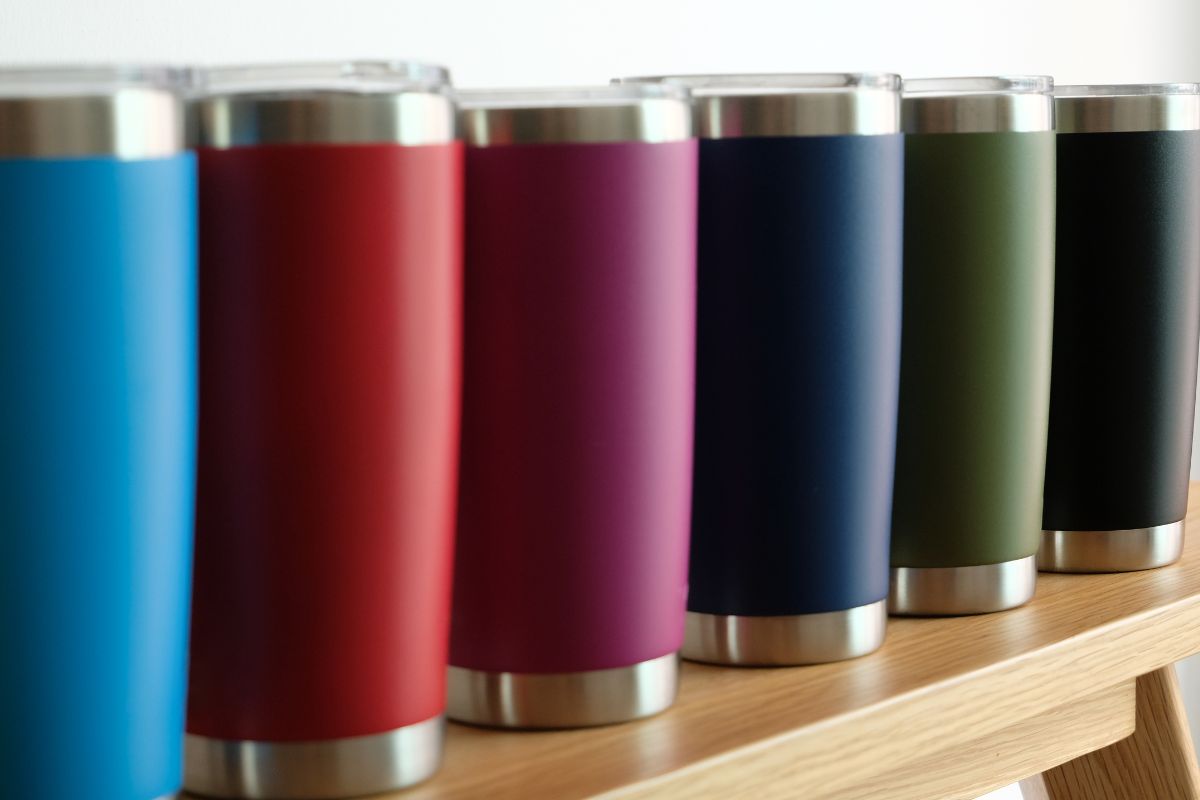
In my exploration of tumblers, I find that these portable drink containers are crafted from a variety of materials. Each material has distinct advantages for use. Whether for wine or any other beverage, the material choice impacts the insulation, durability, and aesthetic appeal of a tumbler.
Plastic Tumblers
Plastic tumblers are lightweight and resilient, making them a practical choice for outdoor activities. I observe that they tend to be cost-effective and are less likely to shatter if dropped. However, they may not offer the same level of insulation as other materials.
Glass Tumblers
Glass tumblers exude an elegance and purity, presenting beverages in their true form. Although glass provides an excellent taste experience, it requires care as it’s the most fragile of the materials and can be heavy.
Stainless Steel Tumblers
I find stainless steel tumblers to be remarkably durable and excellent at maintaining temperature over time. Many wine tumblers are made of this material for its insulating properties.
Ceramic Tumblers
Ceramic tumblers offer a classic look and are often used for hot drinks, capturing a homey feel. They do a good job of retaining heat, but, like glass, can break upon impact. I note they’re not as common as the other materials for portable use.
Design Features
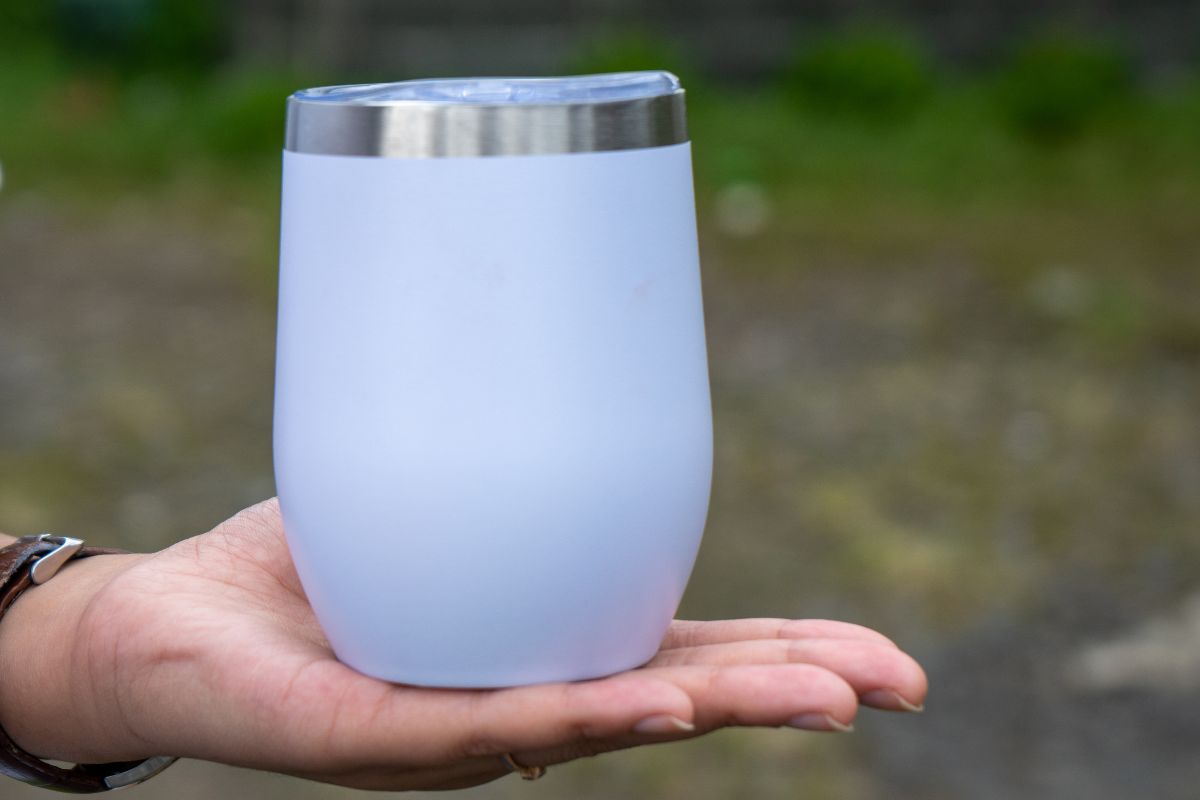
When considering the design features of tumblers, my focus is on the practical elements that enhance their functionality. The insulation techniques, lid types, and handle designs are integral to the overall user experience.
Insulation Techniques
Double-Walled Insulation: This design incorporates an air gap between two walls, which significantly reduces heat transfer. My tumbler retains hot or cold temperatures longer due to this feature.
- Vacuum Insulation: By removing air between the walls, my tumbler minimizes the conductive and convective heat transfer, which further improves temperature retention.
Lid Types
Plastic Lids: A common lid I use is the plastic lid, designed to be durable and often transparent. Some variants are equipped with a reusable straw, promoting eco-friendly habits.
- Magslider Lids: For additional convenience, my tumbler might come with a magslider lid. This type is magnetically sealed, making it easy to open and close, and it helps prevent spills.
Handle Designs
Fixed Handles: I find that fixed handles provide a sturdy grip, making my tumbler easier to hold, especially when on the move or driving.
- Detachable Handles: For a more flexible option, detachable handles on my tumbler can be removed when not needed. This allows for easier storage and cleaning.
Brand-Specific Offerings
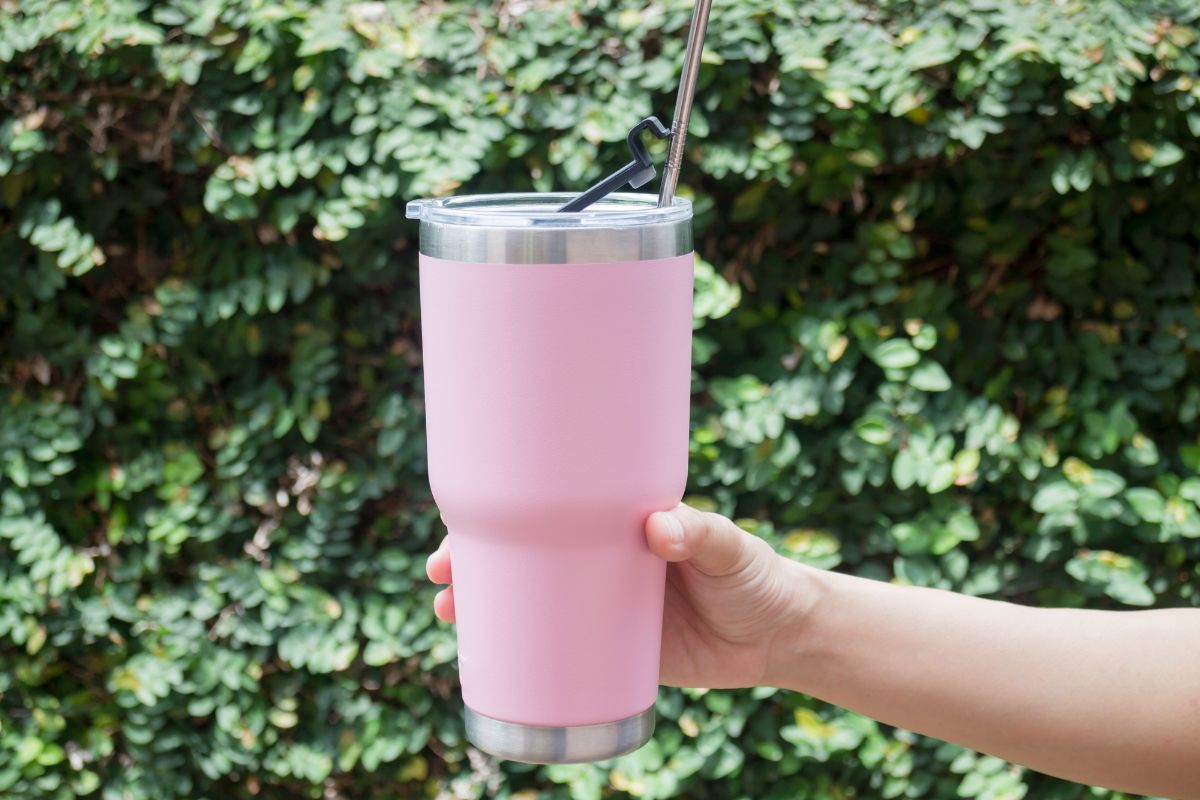
In the world of insulated drinkware, three brands set themselves apart with distinctive features and innovations. I’ll take you through what Yeti, Rtic, and Hydro Flask offer, focusing on their flagship tumbler products.
Yeti Rambler Features
- Material & Build: The Yeti Rambler Tumbler is crafted from durable stainless steel with a No Sweat™ Design to ensure a secure grip that won’t leave rings on surfaces.
- Insulation: Yeti’s double-wall vacuum insulation maintains the temperature of cold drinks for up to 24 hours and hot drinks for around 6 hours.
Rtic Tumbler Advantages
- Cost Efficiency: An RTIC Tumbler often represents a more affordable option while still providing exceptional insulating properties.
- Design Variety: Available in multiple sizes, RTIC Tumblers cater to diverse preferences and needs, from casual use to outdoor adventures.
Hydro Flask Innovations
- Color Range: Hydro Flask offers a wide array of vibrant colors and sizes, making them a popular choice for personalization and style.
- Versatility: The Hydro Flask All Around Tumbler is designed with TempShield™ insulation and a Closeable Press-In Lid, making it suitable for both hot and cold beverages, whether in the office or on a trail.
Materials and Maintenance
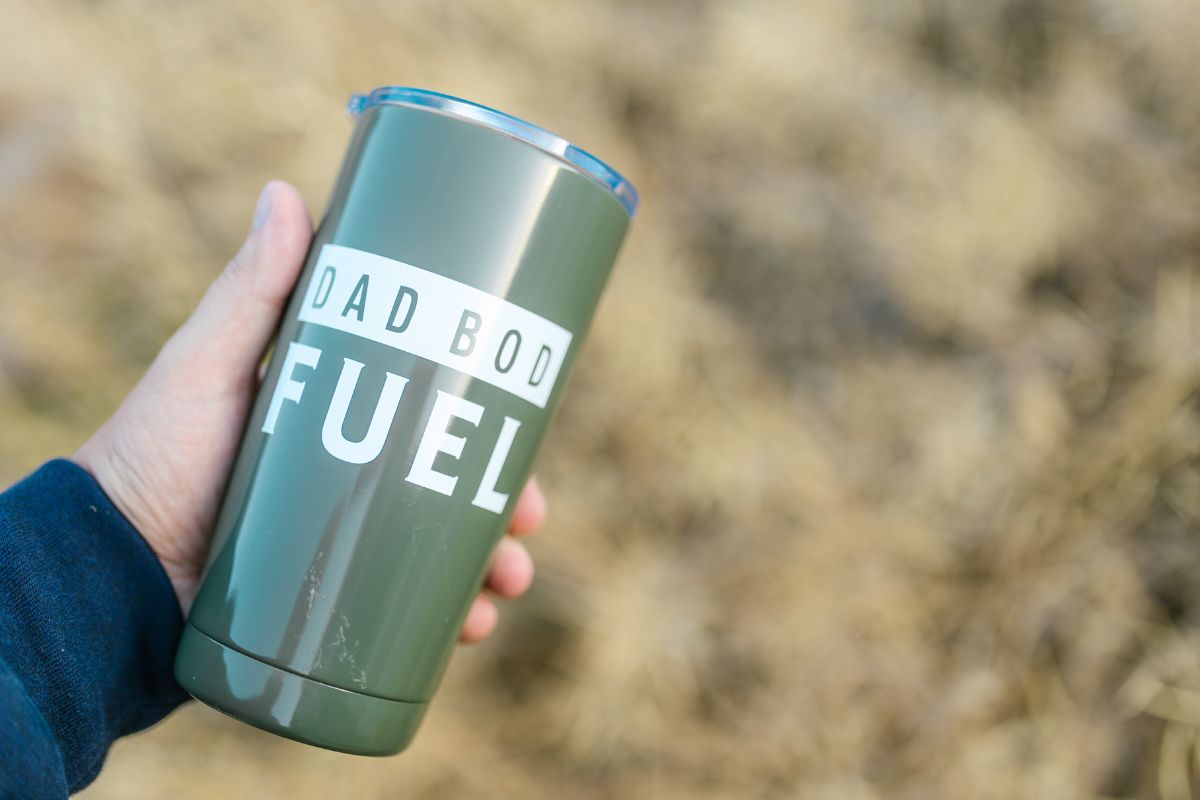
When selecting a tumbler, it’s crucial to consider the materials used and the maintenance required. My goal here is to inform you about the importance of these factors for long-term durability and hygiene.
Durability Factors
Materials:
- Stainless Steel: Stainless steel tumblers are highly resilient, corrosion-resistant, and often dishwasher safe. They also maintain temperature well and are durable for daily use.
- Ceramic Interior: Offers a taste-neutral vessel, often found as a coating inside some stainless steel tumblers. Ceramic interiors are less prone to retaining flavors from previous drinks.
Key Durability Considerations:
- Look for BPA-free plastics, which ensures safety and durability.
- Quality craftsmanship is essential for preventing leaks and increasing longevity.
Cleaning Instructions
Stainless Steel Tumblers:
- Daily Cleaning: Rinse with warm water and mild detergent; avoid abrasive sponges that can scratch the surface.
- Deep Cleaning: Remove tough stains with a baking soda paste or vinegar. Rinse thoroughly after cleaning.
Ceramic Interior Care:
- Use non-abrasive tools to avoid scratching the inner surface.
- Gentle cleaners are preferred to maintain the integrity of the ceramic coating.
Health and Safety
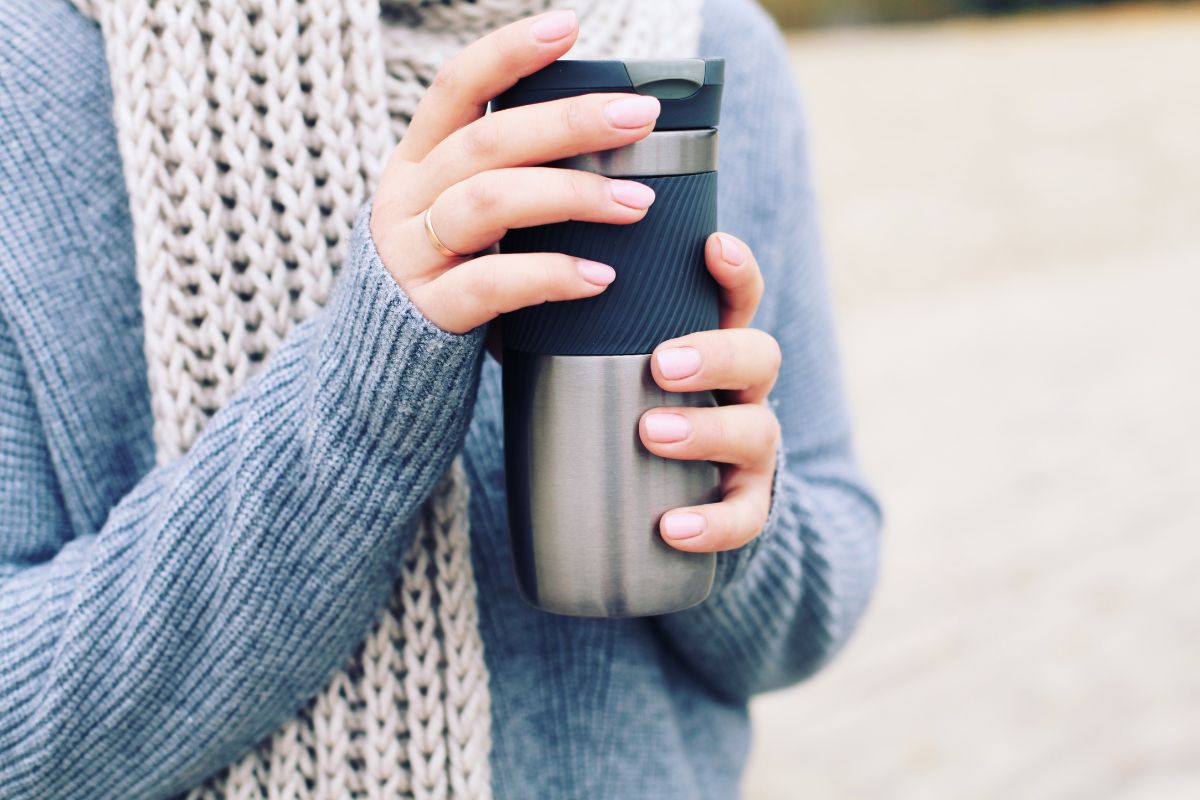
In considering health and safety aspects of tumblers, I focus on the materials used in their construction and the practicality of their designs to protect against spills.
BPA-Related Concerns
When evaluating the safety of tumblers, BPA (Bisphenol A) is a chemical of considerable concern. Historically, BPA has been used in the production of certain plastics and can leach into beverages, potentially causing health issues.
I prioritize tumblers that are labeled BPA-free, ensuring that the risk of BPA exposure is minimized. For instance, tumblers made from stainless steel or those with a ceramic coating typically do not contain BPA.
Materials and their BPA content:
- Stainless Steel: BPA-free
- Ceramic Coated: BPA-free
- BPA-free Plastic: Specifically designed without BPA
Leak and Spill Prevention
A key functional attribute I look for in tumblers is their ability to prevent leaks and spills. A leakproof tumbler is essential for anyone who is on the move, as it ensures that the beverage stays inside the container even if it is turned upside down or jostled.
Spill-proof designs typically feature a lid with a sealing mechanism that prohibits the liquid from escaping. This not only maintains the integrity of my bag or car but also upholds my personal hygiene and prevents potential accidents.
Design elements conducive to leak or spill prevention:
- Tight-sealing lids
- Silicone or rubber gaskets
- Locking mechanisms
Consumer Considerations
When I select a tumbler, I evaluate its capacity and how comfortable it will be to use during my daily activities.
Capacity and Size Options
In my experience, tumblers come in a range of sizes, typically from 12 ounces to 40 ounces. For those who prefer a smaller drink or a lightweight option, a 12-ounce tumbler generally suffices.
On the other hand, high-capacity tumblers of up to 40 ounces appeal to those needing more volume without the need for refills. Below is a brief overview of common tumbler sizes:
- 12-ounce – compact and fits most cupholders
- 16 to 24-ounce – intermediate sizes for regular use
- 30 to 40-ounce – larger sizes for extended outings
Comfort and Convenience
I’ve noticed that a tumbler’s comfort in my hand is as important as its insulation properties. A 20-ounce tumbler might feel unexpectedly heavy and unwieldy for its size.
To ensure comfort, I opt for tumblers with ergonomic designs and gripping surfaces that are easy to hold. An ideal tumbler is one that’s not too heavy, even when full, and can comfortably fit in my hand.
For convenience, I seek out tumblers that easily fit into my car’s cupholders and have a design that makes them simple to use, such as a splash guard to prevent spills.
Tumblers that are too wide or awkwardly shaped might not sit securely in cupholders, which is a common frustration.
Usage Scenarios

In everyday life, I find that a tumbler’s versatility shines through its varied usage scenarios, catering to both my hot and cold drink preferences with ease.
Outdoor Activities
When camping or hiking, I rely on an insulated mug, such as the Fellow Carter Everywhere Mug, to keep my coffee or tea at the perfect temperature regardless of weather conditions.
Its sturdy construction withstands the demands of outdoor use. I also appreciate a mug like the MiiR Flip Traveler during a long trek; its secure lid prevents spills, and its insulation is ideal for maintaining the temperature of my hot drinks on chilly mornings or refreshing cold drinks during warmer afternoons.
Commuting and Travel
While commuting, it’s essential to have a leak-proof tumbler that fits snugly in my car’s cup holder.
I opt for a tumbler with a slim profile and a reliable sealing mechanism that ensures my beverages are safe from spillage. Whether it’s a hot cappuccino to jumpstart my morning or an iced tea to unwind on the ride home, having a high-quality tumbler makes my trip more enjoyable.
Home and Office Use
At home or in the office, I seek convenience and functionality in a tumbler. For my day-to-day use, I prefer a tumbler that is:
- Microwave-safe: To quickly reheat my coffee or tea if it gets cold.
- Dishwasher-friendly: For hassle-free cleaning.
- Aesthetically pleasing: To match my personal style or office environment.
The ability to transition from home to office without changing containers is a subtle benefit of a well-chosen tumbler. Plus, the environmental aspect of using a reusable mug instead of disposable cups contributes positively to my eco-friendly lifestyle.
Market Trends and Insights

In my examination of the tumbler market, I’ve noticed a significant shift toward durability and temperature retention in consumer preferences. This trend is reflected in the popularity of brands and the purchasing patterns observed among coffee aficionados and everyday users.
Popular Brands and Their Rankings
When discussing top-tier tumbler brands, Klean Kanteen and Corkcicle are among the top contenders. They consistently rank highly for their durable and best insulated tumblers. Here’s a look at a ranking scenario based on consumer reviews and thermal performance:
| Rank | Brand | Notable Feature |
| 1 | Klean Kanteen | Outstanding insulation |
| 2 | Corkcicle | Stylish and functional |
| 3 | Yeti | Durable and rugged build |
| 4 | Hydro Flask | Customization options |
| 5 | Contigo | Budget-friendly choices |
Customer Preference Patterns
Customers’ choices are becoming increasingly discerning, with many prioritizing products that offer advanced insulation technology.
Preferences also demonstrate a tilt toward durability and eco-friendliness, with brands like Klean Kanteen leading due to their robust build and sustainable practices.
Corkcicle also captures a significant share of the market, attracting customers through their innovative designs that blend fashion with function, satisfying both aesthetic and practical consumer desires.
Advanced Features
I’ll be uncovering the technological advancements and customization options that modern tumblers offer. These features have transformed tumblers from simple drinking vessels into highly sophisticated accessories for both everyday use and specialized applications.
Technological Innovations
Today’s tumblers are a marvel of engineering, often featuring double-wall vacuum insulation. This design element is vital—it’s the heart of what keeps beverages hot or cold for extended periods.
The vacuum insulated technology means that there is no matter between the two walls of the tumbler, reducing heat transfer through conduction. Some tumblers also incorporate a ceramic coating inside, which serves as a taste-neutral layer preventing any alteration in flavor for beverages.
- Key Technological Features:
- Double-Wall Vacuum Insulation
- Ceramic Coating Inside
Another innovative technology I’ve noticed in insulated tumblers is the use of triple-layered designs in some high-end models. This adds an extra layer of insulation, pushing the boundaries of thermal retention even further.
Customization Options
Customization infuses personal style and utility into an insulated tumbler. I find that manufacturers offer a variety of options to tailor the tumbler to the user’s preferences or branding needs.
Common customization features include a wide range of colors, patterns, and the ability to add logos or text through different methods like laser etching or screen printing.
- Customization Choices:
- Colors: A spectrum from subtle to vibrant hues
- Patterns/Designs: Camouflage, floral, abstract, and more
- Personalization: Laser etching, screen printing for text and logos
The option of attaching various types of lids that serve different purposes is also something I find particularly useful in terms of customization.
These lids enhance the functionality of the tumbler depending on the setting it’s used in, whether it’s outdoors or during my commute.
Frequently Asked Questions
In this section, I cover the most common inquiries related to tumblers, from how they differ from traditional mugs to their usage in various settings. Each question is addressed succinctly, providing clear and precise information.
How does a tumbler differ from a traditional mug?
A tumbler is typically a cup with a flat bottom and straight sides without a handle, while a traditional mug is often cylindrical with a handle and is designed for hot liquids.
What are the environmental benefits of using a tumbler?
Using a tumbler can reduce waste from disposable cups and is typically made of durable materials designed for long-term use, therefore, it’s a more eco-friendly choice for daily beverage consumption.
What purposes do steel tumblers serve?
Steel tumblers are valued for their insulation properties. They keep beverages hot or cold for extended periods, making them ideal for outdoor activities or travel.
What makes a cup qualify as a tumbler?
A cup qualifies as a tumbler if it has straight sides, a flat bottom, and is typically without a handle. It is designed for both cold and hot beverages.
In what ways are tumblers employed in gymnastics?
The term ‘tumbler’ in gymnastics doesn’t refer to a drinking vessel. Instead, it refers to an athlete who performs tumbling. Tumbling includes flips, rolls, jumps, and other acrobatic maneuvers.
Why are certain glasses called tumblers?
Some glasses are called tumblers because of their flat bottoms and tall, straight sides. These features distinguish them from other types of drinkware that may have stems or handles.

